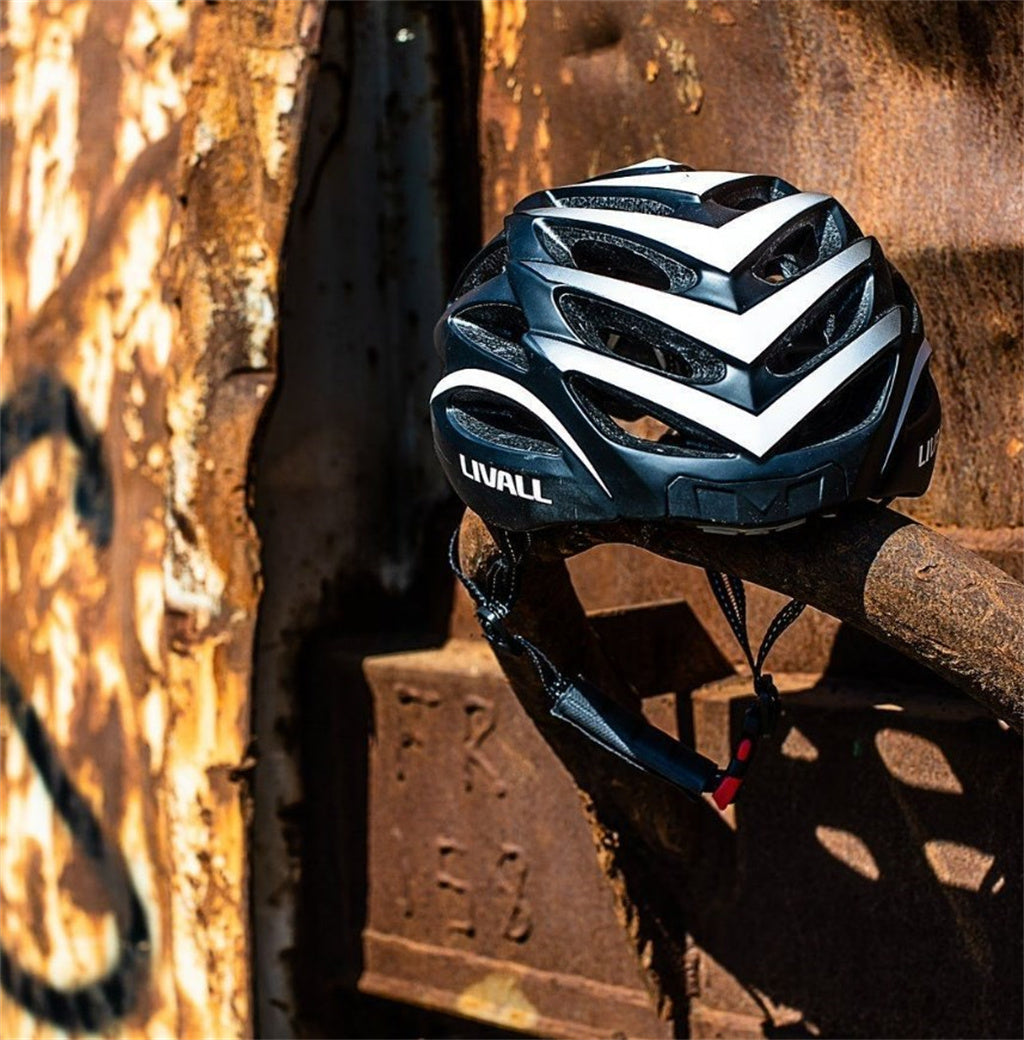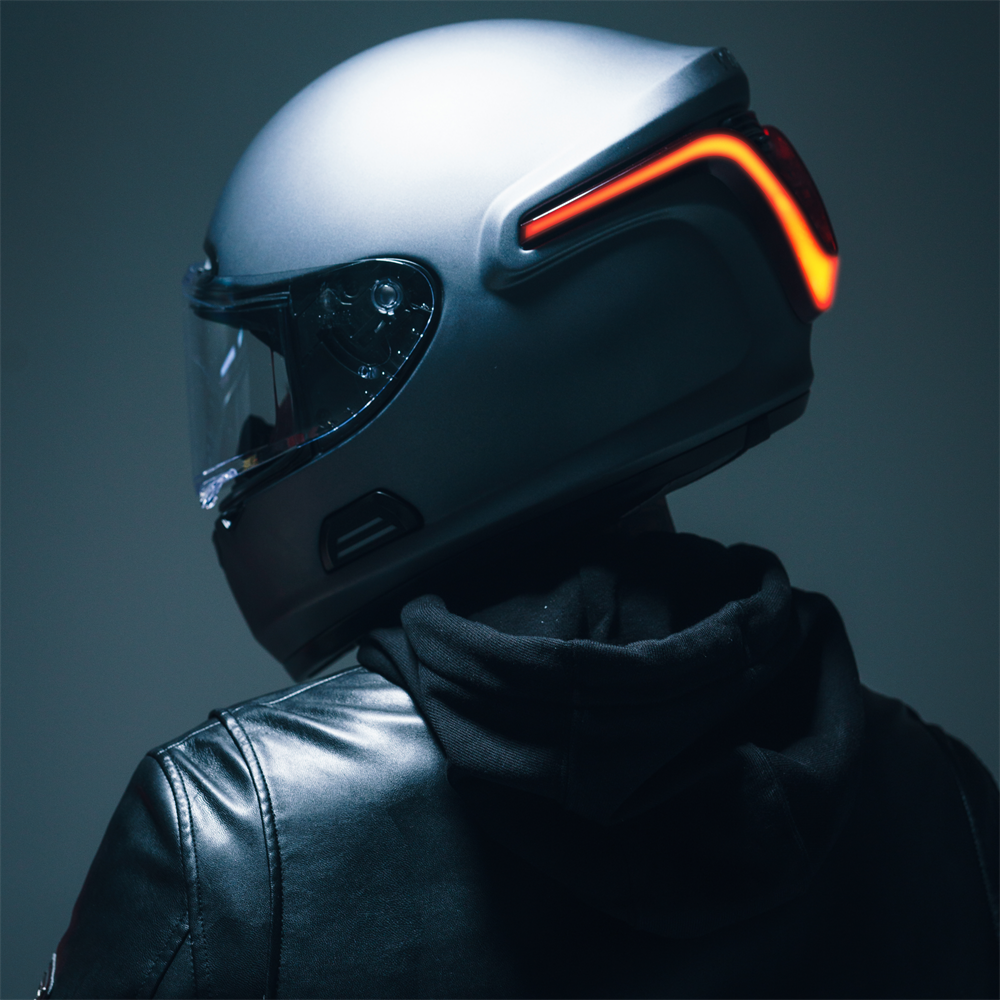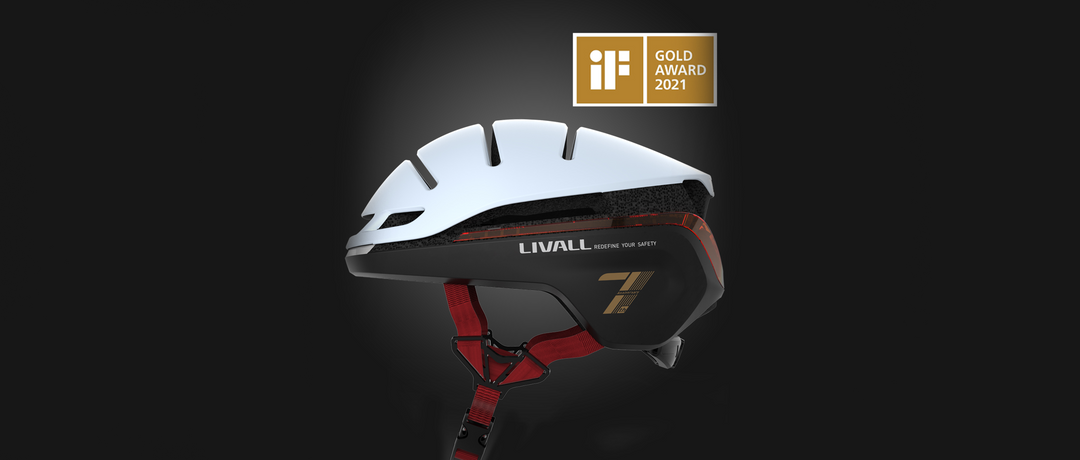Riding your motorcycle in California? Don't rush – know California's motorcycle helmet laws first
Motorcycle accidents are less frequent than car accidents primarily because motorcycles are less common on the roads compared to passenger vehicles. However, when motorcycle accidents do occur, they typically lead to more severe injuries. The likelihood of catastrophic or fatal injuries significantly increases if the rider is not wearing a safety helmets.
Do You need to wear a helmet when riding a motorcycle
In California it is not just. Legally required for motorcyclists to wear helmets. As, per Section 27803 of the California Vehicle Code all motorcycle riders must use helmets that meet the safety standards set by the U.S. Department of Transportation (DOT). This rule applies regardless of age. Riding experience.
The main aim of this regulation is to lower the risk of injuries and deaths in case of accidents. Helmets are known to be highly effective in safeguarding the head and brain from harm. Californias emphasis on helmet usage aligns with its traffic safety measures, which also encompass DUI laws and speed limits.
SEE ALSO : Do Motorcycle Helmets Expire? An Expert's Advice
Is It Illegal to Have a GoPro on Your Helmet
While California laws do not explicitly forbid using helmet mounted cameras authorities, like the California Highway Patrol (CHP) and other law enforcement agencies emphasize that any modifications should not compromise helmet safety.
The main concern is whether attaching a camera could weaken the integrity of the helmet or create impact points that may lead to injuries. Long as the camera is securely mounted without affecting the function of the helmet it generally stays within legal boundaries.
Riders are recommended to utilize mounts of drilling holes into the helmet to maintain its structural integrity.
Using a camera the size of a GoPro, on a helmet could potentially compromise the helmets protection in case of a crash. Additionally if the camera detaches it may lead to windshield damage. Pose risks by obstructing the riders view or control.
Motorcycle Helmets with Bluetooth Are the Best Choice
Opting for motorcycle helmets with Bluetooth functionality is considered ideal by riders who prioritize safety and convenience. These helmets offer hands communication, GPS guidance and music playback enabling riders to stay connected while ensuring their safety.
Bluetooth helmets feature integrated speakers and microphones that enable communication with riders or passengers. This feature proves valuable during group rides where coordination and communication're crucial. Furthermore modern Bluetooth helmets are engineered to meet or exceed DOT safety regulations guaranteeing protection in case of an accident.
Those advanced Bluetooth helmets now include built in cameras providing an advantage, over GoPro cameras mounted on helmets.
Opting for a motorcycle helmet that comes with a built in camera proves to be a choice compared to using a separate GoPro. This ensures that the helmets safety features remain intact without compromise. These high tech helmets are specifically designed to accommodate the camera while maintaining their functions offering an safer way to document your rides.
The LIVALL MC1 Pro stands out for its cutting edge functionalities like fall detection and an emergency SOS feature. With a convenient remote controller mounted on the handlebar you can easily send out an SOS signal with one push guaranteeing assistance when required. This smart helmet integrates communication and safety elements making it an excellent option, for riders looking to capture their adventures without sacrificing safety.
In terms of cost investing in a Bluetooth enabled helmet like the LIVALL MC1 Pro at $799.99 provides value compared to purchasing a GoPro with similar capabilities at a higher price point.
The use of Bluetooth technology in helmets proves beneficial, in emergency scenarios too. Riders can swiftly request aid. Notify emergency services without having to search for their phones potentially saving time during critical situations.
As technology progresses we anticipate that these functions will become seamlessly integrated and user friendly making Bluetooth helmets an appealing choice, for riders who prioritize safety.
Steps to Follow in the Event of a Motorcycle Accident
Prioritize Safety: If feasible move yourself and others to an area from traffic. Activate hazard lights. Use flares or reflective triangles to signal drivers.
Assess Injuries: Check for injuries on yourself and others. It's essential to seek attention even if injuries appear minor as some may not be immediately evident.
Contact Emergency Services: Call 911 to report the accident and request aid. Provide information about the location and number of individuals involved.
Document the Incident: Capture photos and make notes of the accident scene, including vehicle positions, road conditions and visible damages. This documentation can be vital for insurance claims and legal procedures.
Exchange Details: Gather contact and insurance information from all parties involved as witnesses. This information will be crucial, for filing insurance claims or any potential legal matters.
Please contact your insurance company promptly to inform them about the accident. Make sure to provide all the information and paperwork to initiate the claims process.
Final Thought
A safety standard helmet is a must, but why stop there? Opting for a Bluetooth helmet with an integrated camera LIVALL MC1 Pro, ensures you get the best of both worlds. Ditch the GoPro and ride with LIVALL – it's a smarter, safer choice for every motorcyclist. Stay safe, stay connected, and enjoy the open road with greater confidence.
FAQs
What are the penalties for not wearing a helmet in California?
Failing to wear a helmet in California can result in fines, and repeated offenses may lead to increased penalties, including points on your driving record.
How can I tell if my helmet meets DOT standards?
DOT-compliant helmets will have a label or sticker indicating they meet the Federal Motor Vehicle Safety Standard (FMVSS) 218. Ensure your helmet has this certification before use.
Are there any exemptions to the helmet law in California?
No, there are no exemptions. All motorcycle riders and passengers, regardless of age or experience, are required to wear a DOT-compliant helmet.












Leave a comment